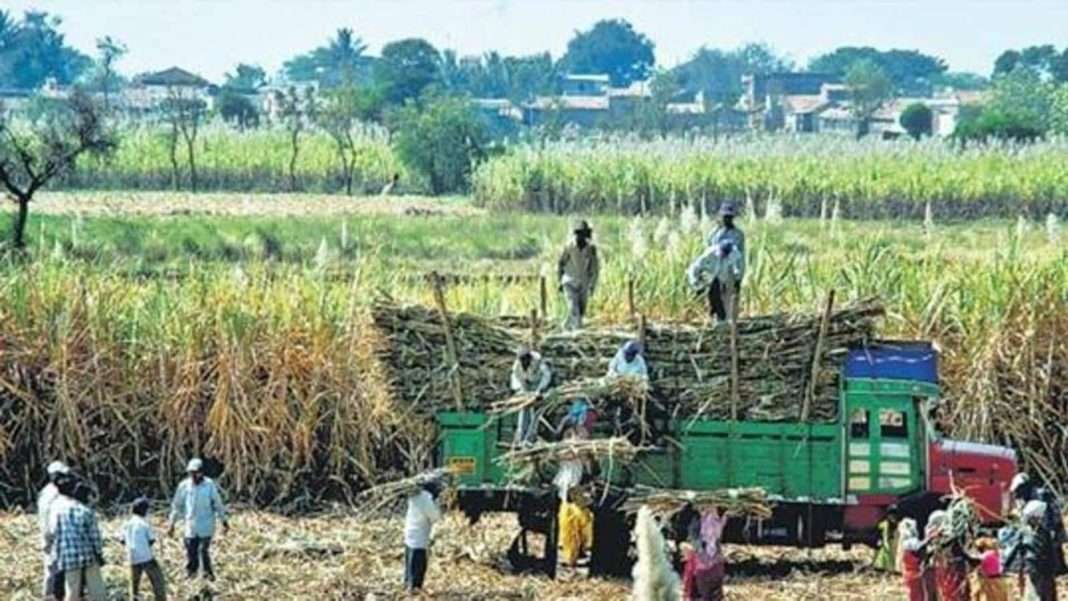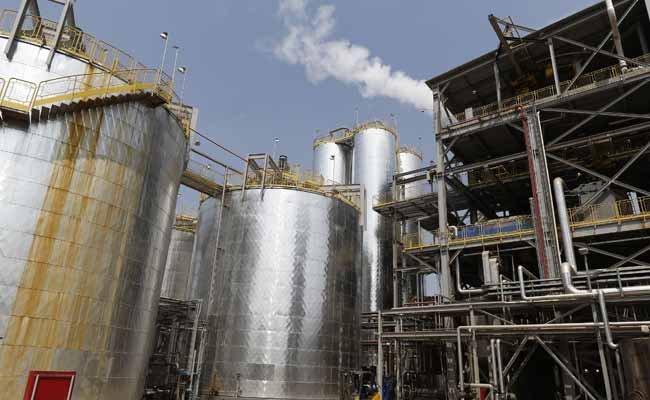[ad_1]
The Union government has prepared a blueprint to enable it to rapidly scale up ethanol blending to cut costly oil imports, reworking the country’s food policy that will focus on sucking out excess food stocks to produce fuel. Officials say this would achieve multiple goals, while some experts suggested the country ought to move cautiously, balancing its food-security needs.
On June 5, Prime Minister Narendra Modi announced the advancing of the target year for 20% ethanol-blending by five years to 2025. The Union food ministry has prepared a blueprint towards achieving this goal, which HT has reviewed in the form of a presentation.
“The new ethanol-blending targets will fuel an agricultural turnaround, result in better farm incomes and save precious foreign exchange while cutting down on unsustainable fossil fuels,” an official said, requesting anonymity.
Mixing petrol with ethanol, which is made from molasses, a byproduct of sugar, will help lessen the amount of oil India imports. Ethanol can also be produced from rice and maize. India is the third-largest oil consumer in the world after the US and China. Its crude oil import bill was well over $100 billion in 2018-19 and 2019-20.
The plan shows the trajectory of a gradual increase in the quantity of sugar to be shifted towards ethanol. The country will also sell grains, such as rice and maize, held by the Food Corporation of India (FCI) for the purpose, setting a nominal price for the current year at ₹2000 a quintal (100 kgs) for rice. At that price, millers can produce cheaper ethanol at ₹56.87 a litre.
In January, the Union government notified a modified scheme to incentivise ethanol production in the country, which allows sugar mills cheaper loans to set up ethanol-blending factories. Such ethanol projects would be viable because oil-marketing companies would be assured buyers for the next 10 years under the scheme, according to the official.
India has seen a surplus production of sugar since 2010-11, except in 2016-17, when drought cut output. In a normal sugar season, about 32-33 million tonne of sweetener is produced, making India the second-largest producer. India is also the largest consumer of sugar globally at 26-27 million tonne.
“It is a welcome step as it will have multiple benefits. Countries such as France, Denmark and the US have already made large gains from biofuels,” said PK Joshi, the president of the Agricultural Economics Research Association, New Delhi.
Food security experts point to a cautionary tale. Developments in the West show there has been fierce competition between food and fuel crops for land, which is fixed in supply. The current spell of high edible oil prices is partly due to high demand from the biofuel industry, according to an FAO analysis this month.
“If we are going to increase cash crop, which is for fuel, not food, the transition may create a certain tension. There is always a fine line. You can say this is right and wrong. Moving judiciously is the answer,” said Samrat Sengupta, an energy expert at the Centre for Science and Environment, New Delhi.
Sengupta welcomed the move saying: “Renewables have at last moved to the centre of the political agenda.”
In 2020-21, an estimated 3% of the ethanol blending programme was grain-based, mainly through federal stocks. According to the food ministry, two million tonne sugar (or 6 % of total) would be diverted to ethanol in the current season, going up to 6 million tonne (or 18%) by 2025.
Excess sugar stocks have affected the ability of millers to pay farmers, a long-standing issue. Official data show that millers owed farmers an amount totalling ₹22,900 crore for cane purchased till March 1.
“We are shocked to see FCI food grains being used to make ethanol and hand sanitisers when there is so much hunger in the country,” said Dipa Sinha, a food security expert who teaches at Ambedkar University, New Delhi.
India ranked 94 out of 107 nations according to the Global Hunger Index 2020, which found a serious level of hunger, whose definition covers malnutrition.
The above news was originally posted on www.hindustantimes.com










